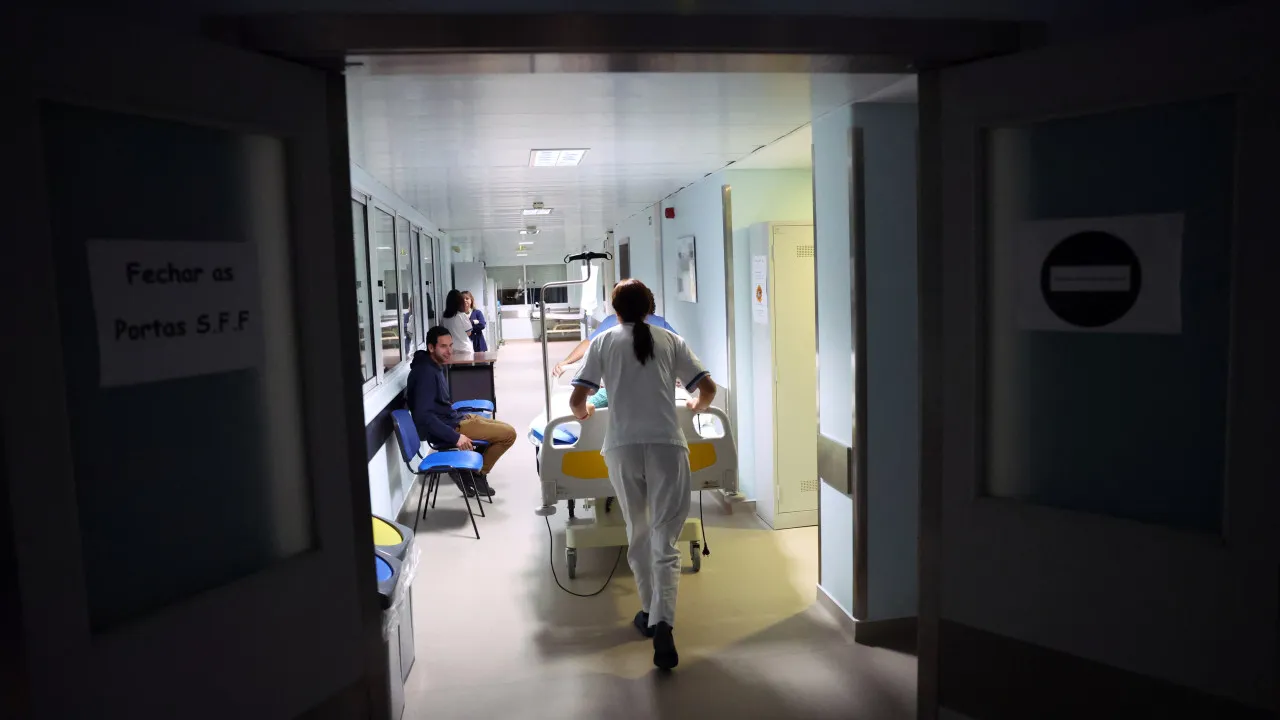
The Health Regulatory Authority (ERS) has released data indicating that there were 426 fetal (before birth) and neonatal deaths (up to 28 days of life) in 2023 among obstetric care units.
The number slightly decreased to 421 in 2024.
This total number of deaths accounts for 0.52% of over 163,000 births in mainland Portugal during these two years. The Greater Lisbon area recorded 399 deaths, presenting a rate of 0.70%, the highest among various regions.
The percentage of deaths per births in Greater Lisbon is significantly higher compared to the North (0.44%), Center (0.42%), West and Tagus Valley (0.27%), Setúbal Peninsula (0.40%), Alentejo (0.32%), and Algarve (0.48%), according to the regulator’s study.
The ERS further reports that the most common expressions identified in responses from obstetrics and neonatology units regarding fetal deaths in 2024 were placental insufficiency, placental abruption, and intrauterine infection.
In the case of neonatal deaths, unit responses most frequently pointed to situations of extreme prematurity, hypoxemia, and congenital anomalies, as noted in the regulator’s monitoring, which does not yet include data on patient access to obstetric emergencies and the SNS Pregnant Line, to be evaluated in a later study.
According to the ERS, in 2024, there were 56 obstetrics and neonatology units in mainland Portugal, most (69.6%) belonging to the National Health Service (SNS).
The 56 units performed over 80,000 deliveries that year, a slight reduction from over 81,000 the previous year.
From 2023 to 2024, there was a 1.1% decrease in the total number of births in mainland Portugal, a trend explained by reductions in the Setúbal Peninsula (-11.9%), Centre (-4.9%), North (-2.6%), and Algarve (-1.9%).
In 2024, a total of 31,035 cesarean sections were performed, with 21,073 (67.9%) in SNS units and 9,962 (32.1%) in social and private sectors.
Regarding the classification of cesarean sections—scheduled, urgent, or emergent—in 2023 and 2024, urgent ones were most frequently performed. However, the ERS emphasizes that in private and social sector units, scheduled cesareans prevailed (57.3%), while in the SNS, urgent ones dominated (65.9%).
In assessing access to obstetric health care (deliveries), which considered the 56 obstetrics and neonatology units in 2024, the ERS concludes that 23.3% of women of childbearing age have low access to obstetric health care, mainly concentrated in the North (5.8%), West and Tagus Valley (5.4%), and Center (4.8%) regions.
This percentage rises to 32.3% when considering only the SNS’s availability, the ERS reports, noting that more than 80% of births in Portugal occur in SNS units.




